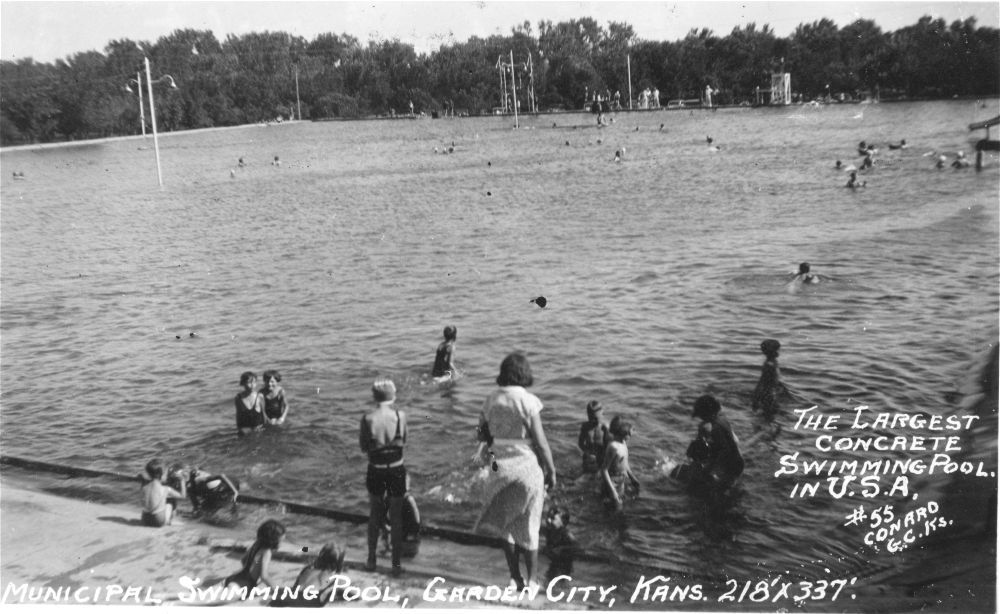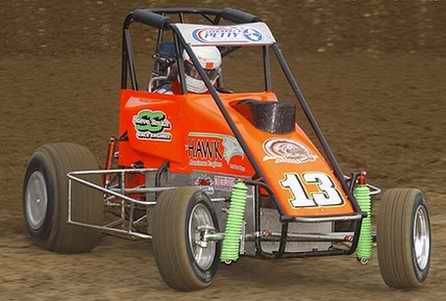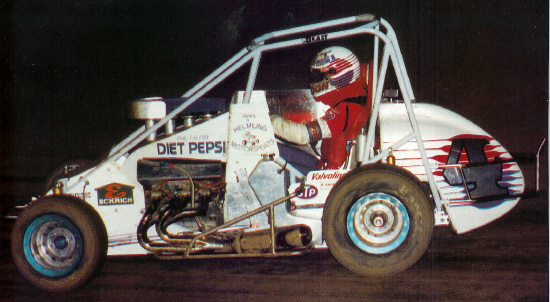In 1921, Mayor Trinkle decided that what this dusty town needed (so dusty, my father said, you could see where the fish were in the Arkansas River by the cloud of dust they kicked up) was a swimming pool. Everybody was willing, of course -- even enthusiastic, but -- and several "buts" were interposed, chief of which was, "but where will be get the money?"
"Suppose we build it with our own hands," said the mayor.
Subscription papers were circulated. "How many day's labor will you give to the pool?" How many teams will you furnish?"
"If you can't work and haven't any horses, how much money will you give?" were the questions put to the citizens of Garden City, high and low, rich and poor. And Garden City's citizens...each set down some sort of pledge to the pool and signed on the dotted line.
Almost before the ink was dry...the work commenced and by the end of the first week the new pool began to take on form and shape…the dirt was flying and men were shovelling dirt, the horses were hauling.
.
Then came the problem of the cement. Garden City had the sand. In the enthusiasm of the workers and the planners, the pool had taken on such tremendous proportions it would take train load of cement for the concrete. How Mayor Trinkle and the commissioners got the cement nobody knows, and nobody is asking foolish questions...
Garden City calls it The Big Dipper these days. Clarence and his friends called it the mud hole.
"It just goes to show," my Grandmother Clara said, "if you really want something, dig it yourself."















